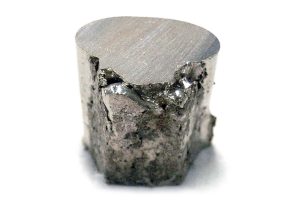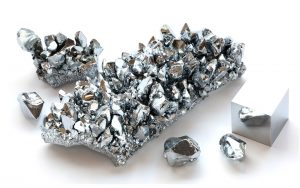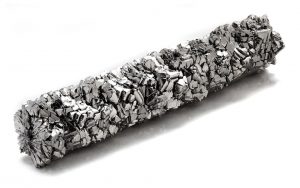The Acid Etching process on stainless steel and other metals.
An explanation of engraving, etching and intaglios.
An Ancient Process
The process we refer to as acid etching is a well-known, ancient and reliable industrial process that uses various commonly available mordant acids and chemical compounds to impart a physical or an aesthetic improvement to the surface of stainless steel. Mordant is the French word for “bitting.” and refers to the actual liquids used to etch the metal when applied to the surface.
Acid etching was first used in the middle-ages by goldsmiths and gunmakers to decorate their products before finding a new home in the art world.
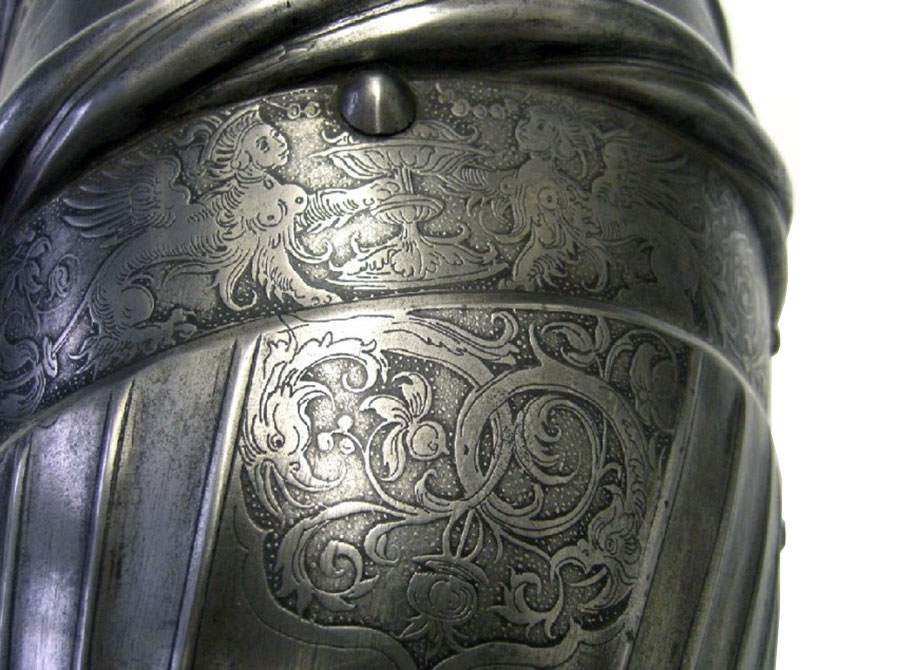
Part of a cuisse (thigh armour) dating from the 16th Century from Augsberg, Germany. Victoria and Albert Museum.
The artist’s technique
Acid etching was and is still used in the reproduction of high-quality works of art. The process was initially used as a method of getting the artist’s work into the hands of as many people as possible.
The engraver takes a plate of copper or mild steel. Then the artist will cover the entire surface of the plate with a waxy substance, referred to a ‘ground’. This substance is resistant to the acids chosen to be used.
The engraver will then, using a variety of tools, reproduce the original work of art by engraving the image into the waxy ground. The plate will then be submerged in a bath of the mordant, after a prescribed time the plate is removed, rinsed off and the ground removed. The image left will be an exact copy of the engraver’s work. This is a very skilled process, it takes time and money to produce works of art this way.
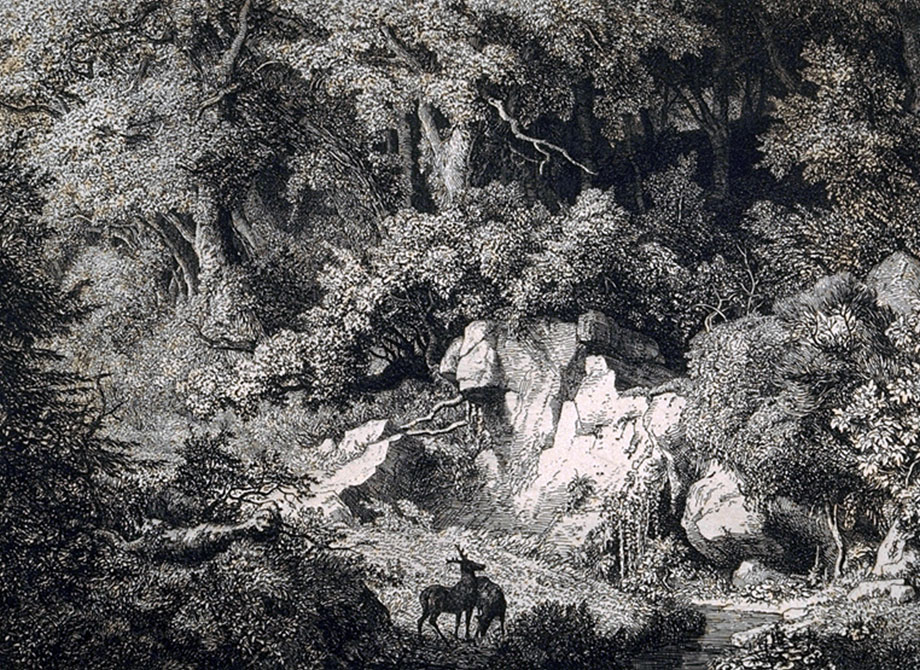
Johann Wilhelm Schirmer’s Aus dem Park Chigi, 19th century. Acid etched on copper.
Practical purposes
The process of acid etching works equally well on the surface of stainless steel plates, profiles and sheets and other metals such as aluminium and brass are also suitable for acid etching.
The surface left on the surface of the stainless steel is usually matt in nature and will be texturally different from the unetched part of the stainless steel. This means that the process is used to produce a non-slip grip to the surface of the stainless steel, making hand tools safer. It is also used to create decorative patterns, contrasting surfaces or text.
Acids
The original acid etched part of the surface is an intaglio surface, this means incised. There are various acids commonly available that can be used to etch steel and stainless steel including hydrochloric acid, nitric acid or sulfuric acid. Please be aware that all of these acids require careful handling. These acids can dissolve stainless steel and fingers.
Chemicals that form acid in water, such as ferric (iron) chloride or copper sulfate can also be used as etching chemicals. These chemical compound work faster than acids. The strength of the acid generally determines how quickly the steel will be etched, the stronger the acid, the faster the process. You can obtain etching acids and chemical compounds from online chemical supply stores. Do not make any dissolving bodies in the bath type jokes when ordering the materials!
- Ferric chloride is mixed with water in an one to one ratio, and this will form hydrochloric acid in solution.
- Hydrochloric acid is commonly used to etch copper, and it also works well on stainless steel. It must be handled carefully otherwise surface damage such as pitting can occur to the surface of the stainless steel.
- Copper sulfate is used to etch mild steels rather than stainless steel. The Copper Sulfate is mixed in a one to one ration with sodium chloride (salt). The salt is added to stop the copper forming a layer of copper on the etched surface. Copper sulphate is a blue solution and will gradually fade to a transparent colorless liquid as the etching process takes place.
- Nitric acid is best mixed in a ratio of 1 part nitric acid to 3 parts clean water.
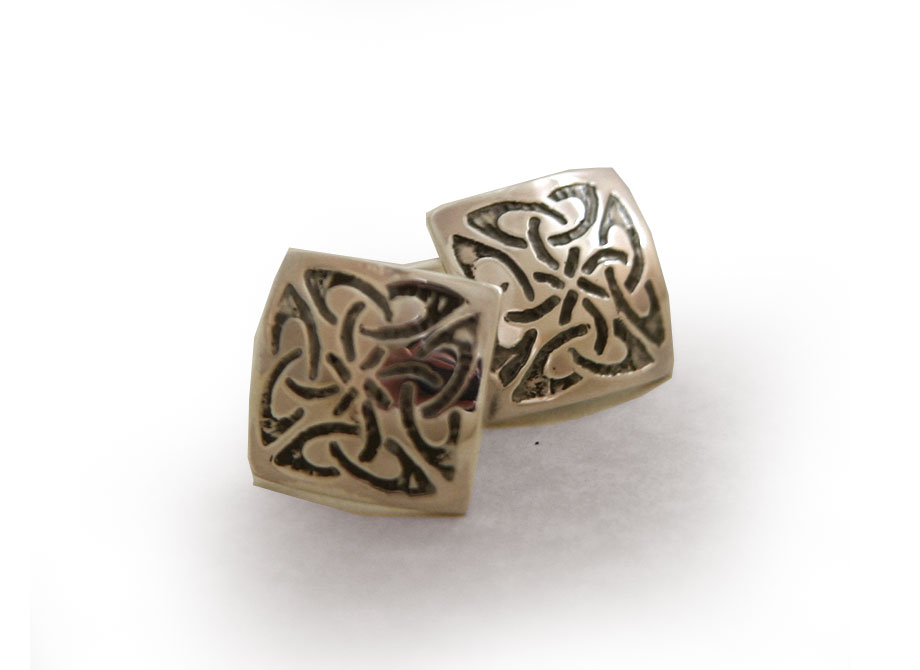
Celtic design acid-etched on silver cufflinks by Eileen Moylan



